Very basic question here as I'm just starting to use R, but I'm trying to create a bar plot of factor counts in ggplot2 and when plotting, get 14 little colored blips representing my actual levels and then a massive grey bar at the end representing the 5000-ish NAs in the sample (it's survey data from a question that only applies to about 5% of the sample). I've tried the following code to no avail:
ggplot(data = MyData,aes(x= the_variable, fill=the_variable, na.rm = TRUE)) +
geom_bar(stat="bin")
The addition of the na.rm argument here has no apparent effect.
meanwhile
ggplot(data = na.omit(MyData),aes(x= the_variable, fill=the_variable, na.rm = TRUE)) +
geom_bar(stat="bin")
gives me
"Error: Aesthetics must either be length one, or the same length as the data"
as does affixing the na.omit() to the_variable, or both MyData and the_variable.
All I want to do is eliminate the giant NA bar from my graph, can someone please help me do this?

